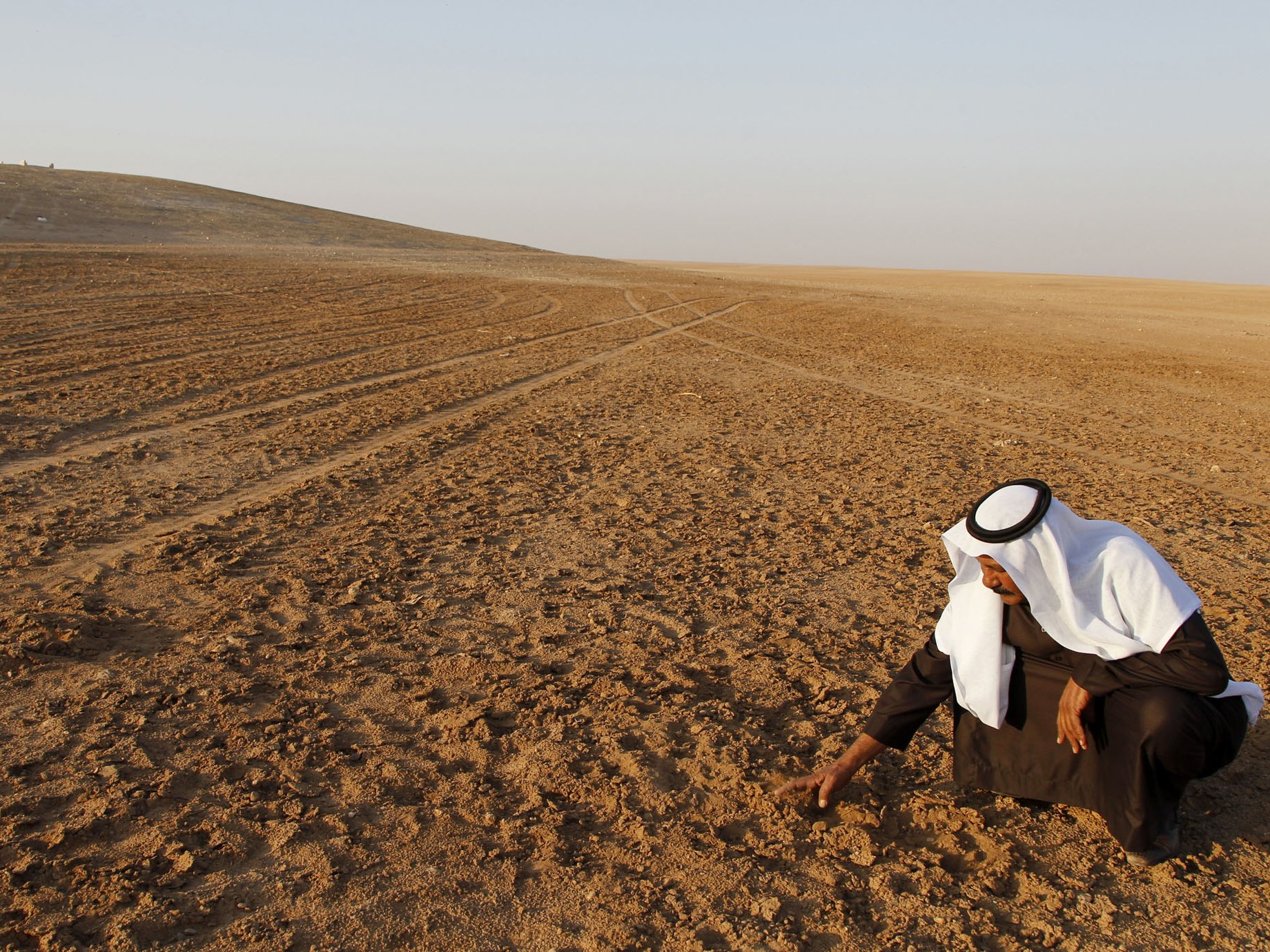
Elaisha Stokes, VICE News
Syria’s civil war has left 250,000 people dead, according to the latest UN count, and millions more are either displaced within the country’s borders or have sought refuge abroad.
And, while the proximate causes were largely political — primarily grievances with President Bashar al Assad, new scientific research adds support to the argument that climate change helped to trigger Syria’s descent into violence.
Researchers from NASA and the University of Arizona studied tree rings — a reliable proxy for measuring precipitation — going back several centuries and found that the recent Syrian drought was likely the worst in at least the past 900 years and almost definitely the worst in 500 years.
"We wanted to know how the current drought compared to past droughts," said Benjamin Cook, a climate scientist at NASA’s Goddard Institute for Space Studies and the lead author of the study.
The current drought, which has lasted about 15 years "really is the worst, far outside of natural climate cycles."
Cook and his colleagues found that mega-droughts — those that last thirty years or longer — were absent from the tree ring record. The last major drought began in 1807 and lasted fourteen years.
"We are starting to push the [climate] system outside of what it would normally do," said Cook. "That really points to climate change playing a role. The big uncertainty is how we will deal with the amplified stresses.
The drought caused 75 percent of Syria’s farms to fail and 85 percent of livestock to die between 2006 and 2011, according to the United Nations. The collapse in crop yields forced as many as 1.5 million Syrians to migrate to urban centers, like Homs and Damascus.
The drought had displaced Syrians long before the conflict began," said Francesco Femia, president of the Center for Climate Security. "And what is frightening is that analysts who study the region completely missed it."
More hungry and homeless families in Syria’s big cities created stress, said Femia. "There are only so many resources to go around."
Abeer Etefa, a communications officer with the United Nation’s World Food Program, said the agency was concerned about the country prior to the outbreak of war.
"The situation was already bad," he said. "We had an operation in 2010 for farmers that were suffering from the drought."
 Reuters/Khalil AshawiSyrian farmers work in a wheat field in Maarshamsha, Idlib countryside.
Reuters/Khalil AshawiSyrian farmers work in a wheat field in Maarshamsha, Idlib countryside.
The World Food Program is currently providing food aid to over 300,000 Syrians in the country’s northeast, which is the epicenter of agricultural production. Grain yields last year were half of what they were in 2011.
The Pentagon has long identified climate change as a "threat magnifier," a factor that can aggravate already existing political fault lines. And the G7 issued a report in June warning that climate change "will aggravate already fragile situations and may contribute to social upheaval and even violent conflict."
In this way the Syrian civil war and the hundreds of thousands of displaced, who are seeking refuge in Turkey and Europe, could be seen as a foreshadowing of a much more alarming humanitarian situation should nation’s fail to keep global temperature rise under control.
Christian Parenti, author of Tropic of Chaos, a book that examines the links between climate change and violence around the world, said that nations need to address climate change, but improved energy and environmental policies, however important for avoiding future conflicts, won’t help Syria’s growing ranks of displaced and undernourished.
"By emphasizing regime change, US foreign policy has helped to produce this disaster," he said. " From the Iraq invasions, to the Libyan war, to aiding Salafist rebels in Syria, US-sponsored violence has made it harder for people to adapt to a warmer, drier Middle East. But, without a peace settlement in Syria, there will only be more refugees headed to Europe."
Robert S. Eshelman and Samuel Oakford contributed reporting.
Read the original article on VICE News. Check them out on YouTube, Facebook, and Instagram. Copyright 2016. Follow VICE News on Twitter.



